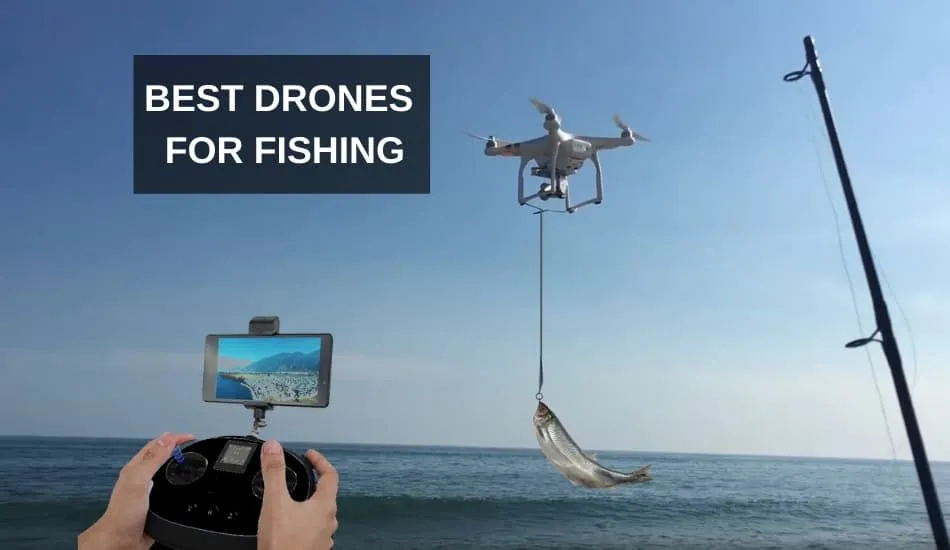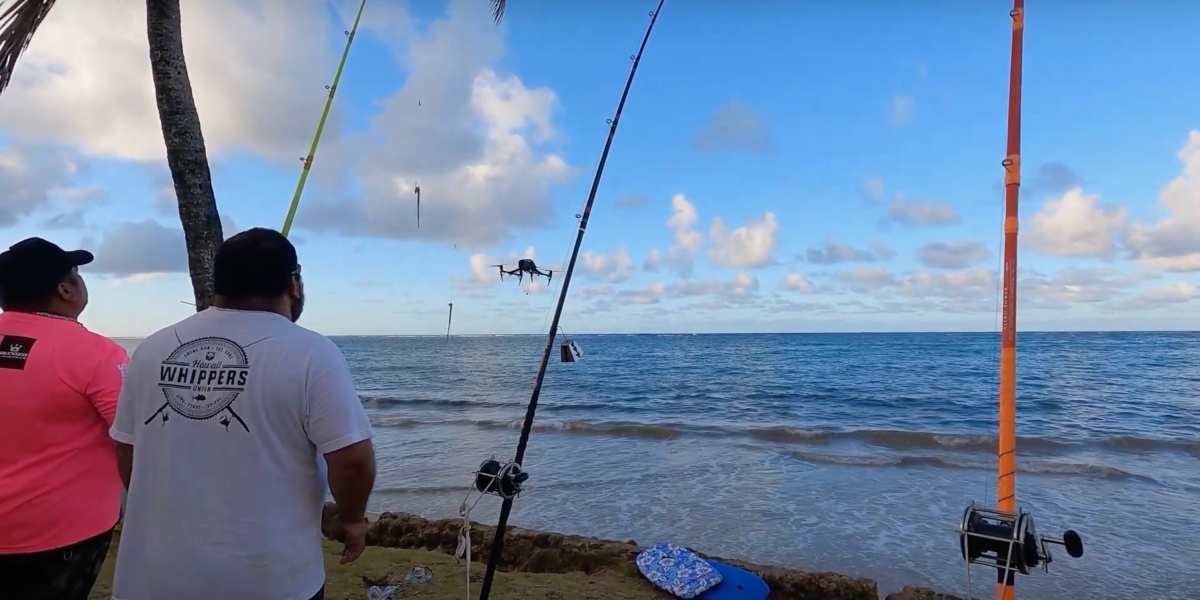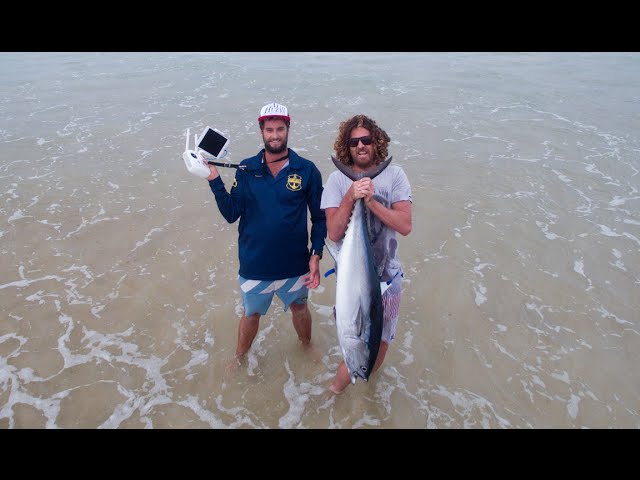
You can use a drone to see the waters surrounding your property if a fisherman is an avid one. Drones are equipped with many features including a GPS positioning and GPS receiver, a GPS transmitter, a GPS receiver, an angle-adjustable camera, and a mechanical payload. You can also purchase fishing lines, which are stable and safe. One example is the SKY RIGGER drone.
SKY RIGGER is a drone fishing line
The SKY RIGGER fishing line system for drones allows you fly fish and is flexible. It has two rotating leg clamps, which can be mounted to many drone models. The release mechanism uses a bayonet connection and a camlock arm. This allows for quick opening of the line clamps. Sky RIGGER, unlike other drones requires no batteries and can handle all fishing techniques safely.
For when a fish strikes your fly, the SKY RIGGER features an automatic release mechanism. You can also manually let go of the line by using your rod or hand. This feature is available for all models of the SKY RIGGER. It is recommended that you purchase a Phantom 3 before purchasing the new SKY RIGGER. These are the pros and cons of this new line system.
It features a mechanical payload release
One of the most important features of a good drone is its mechanical payload release. Many are designed to make it easy for anglers to remove their fishing line. Some models, however, do not include a release mechanism. Instead, users must "yank the fishing line" to free the drone. This can be frustrating, especially for people who aren’t comfortable using their fingers to release the line.

Another important feature of the drone's payload release system is its size. When a fish strikes, the payload must be able release the line from the drone. Catch and release fishing is a skill that should be practiced before you attempt it. Many people have had good experiences with the DJI Phantom drone. However, this technology has not yet reached the level of fishing drones that are available on the market.
It also has a GPS position system
Rippton is an Australian-Dutch joint venture that specializes technology-oriented products for fishing. Its goal is to improve anglers' success rates by developing products that will enhance the experience of fishing. Rippton's Mobula drone has a GPS positioning system as well as a remote release. The Mobula has the ability to hold bait at surface, provide resistance for kite clips, as well as being environmentally friendly.
It is lightweight and weighs just 3 lbs. It can fly for up 18 minutes. The high-tech GPS system allows it to be controlled up to 2,000 feet away. It is capable of flying at 1000 meters (or half a kilometer) range and has intelligent flight modes. The point of interest feature allows it to take high-quality photos of its surroundings. You can get amazing views of fish with its high-resolution camera.
It has a failsafe feature
Aerokontiki's fishing drone includes a failsafe safety feature. It monitors your battery level and releases the line as needed. It will return to dry ground if it experiences a battery failure and continue its mission. It is equipped with industrial-grade flight controllers that can be used anywhere, without the need for calibration. This drone is also waterproof, so you can use it even in the most difficult water spots.

FAQ
Is Drones Prohibited?
The FAA bans drones flying in restricted areas such as airports, stadiums or sporting events, nuclear power stations, hospitals, prisons, and other sensitive areas. They do allow drones to fly at night with GPS technology.
Is drone regulation regulated by the FAA
The FAA oversees all aspects drone operations including safety standards and certification requirements.
Are drones permissible at public events
If you observe the rules, then you can fly a drone wherever you want. You will need to get approval from event organizers if your drone is going to be flying during public events such as a parade, festival or concert.
Statistics
- With the top 10% making over $100/h and the bottom 10% making as low as $10/h. (dronesgator.com)
- According to Indeed, a drone pilot gets paid $25.73 per hour on average in the US. (dronesgator.com)
- According to industry research from ZipRecruiter , there are 10 cities where the typical salary for a Drone Pilot job is above the national average. (dronesgator.com)
External Links
How To
How To Fly Drones For Beginners
A drone is a remote-controlled aircraft used for aerial photography, cinematography, surveillance, scientific research, and hobby purposes. Drone technology has been around since World War II. DJI's Phantom quadcopters became commercially available in 2010. Since then, there have been many different types of drones available, from beginner-friendly models like the Parrot AR Drone 2.0 to professional-grade multi-rotor craft like the DJI Mavic Pro.
You can fly a drone in many different ways, including:
-
Remote control - This allows you to control the drone from your hand. There are two main types of controllers: On/Off switches (like a radio) and joysticks.
-
Manual Control - This method uses a smartphone app to remotely control the drone using GPS coordinates. You will need to keep track of where the drone is going and follow the directions from the app.
-
Autonomous Flight - This method involves leaving the piloting duties to the drone itself. It basically flies autonomously without any human intervention. The drone must be equipped with a camera and sensors that can capture images and data in order to fly autonomously.
-
Triggered Flight: This is similar in concept to manual control. The pilot manually creates a route and the drone then follows it until it reaches that endpoint. After the preprogrammed route is complete, the drone will automatically land and return to its base.
-
Landing Gear - Some drones come equipped with landing gear that allows them to land safely if they lose power or run out of battery during flight.
-
Goggles - Some pilots wear goggles to protect themselves from debris while operating.
-
Camera - Some drones can be equipped with cameras which enable you to capture photos from the sky.
-
Obstacles: Some drones are equipped with obstacle avoidance systems to prevent them from hitting obstacles.
-
Speed - Drones can reach speeds up to 40 mph.
-
Battery Life - Most drones last between 20 and 3 hours depending on how much power they have.
-
Range - Depending on the model, some drones can travel up to 30 miles away.
-
Power source – Some drones require external power sources, others require internal batteries.
-
Weight - Some drones have a weight of less than 1 pound and others weigh 4 lbs.
-
Size - The size of drones varies from small, easily carried devices to more substantial crafts that weigh in excess of 50 pounds.
-
Price - From high-end models that cost thousands of dollars to low-cost options that start at $100, all drones fall under a certain price category.